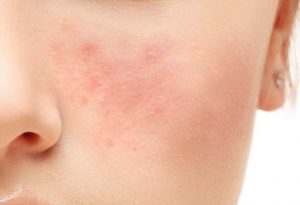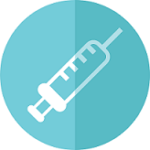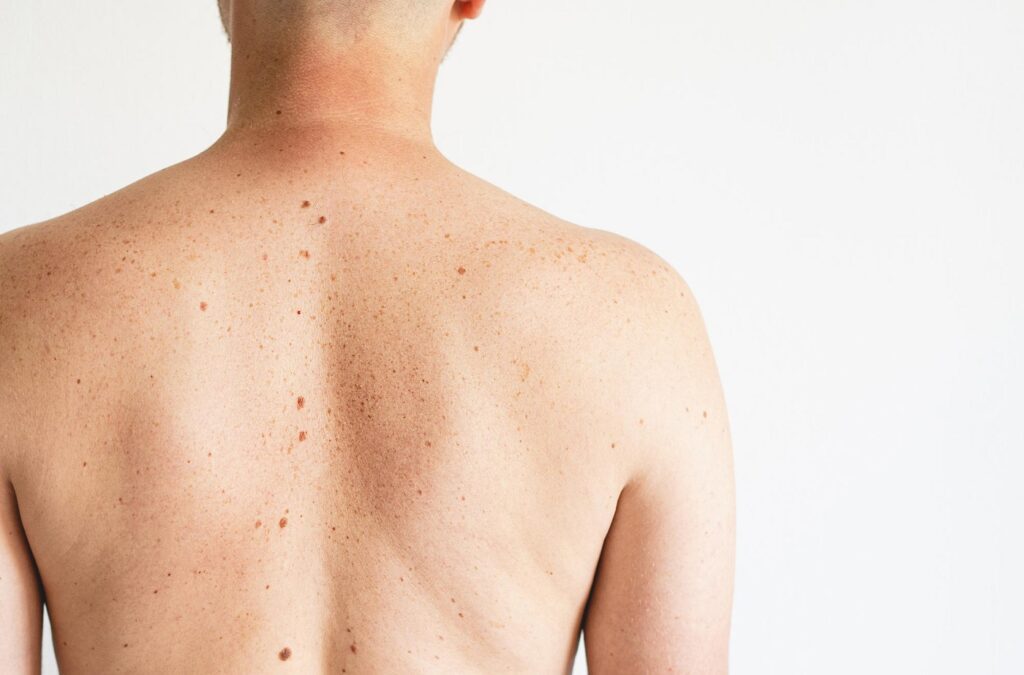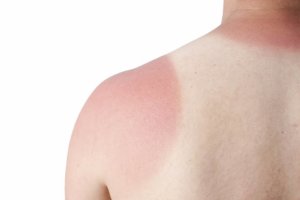Youth is evermore in our grasp — almost literally.


For the uninitiated, hyaluronic acid and calcium hydroxylapatite injections are used to fill in wrinkles and sculpt the contours of the face, resulting in a more youthful appearance. The former is a natural substance found in the body, while the latter is biosynthetically produced and doesn’t use animal products, thus reducing the risk of an allergic reaction.
Like the rest of our bodies, the backs of our hands can betray our age when they lose volume and get thin-skinned, showing more bones, tendons and veins. Sun and liver spots are also a clear indicator of the passage of time, which dermatologists can also address with topical creams and laser treatments.
Barankin says that although the FDA approval is nice, the fact is that dermatologists have been using hyaluronic acid fillers and Radiesse, in particular, on hands for nearly a decade. And it’s not a big deal.
“Getting formal approval from the FDA means you have to submit enough data to show that the [drug] both works and is safe, and that’s a major submission that requires millions of dollars, hiring lawyers and takes a lot of time and effort.”
But that’s not to say that doctors use these products off-label willy-nilly. They’re already aware that they’re safe to use and where they can use them, and in fact, they don’t actually require FDA (or Health Canada) approval. This recent stamp really only serves to give the product marketing credibility, he says.
To achieve the hands of your youth, a dermatologist would inject the product in three different areas and then spread or mould it around the back of the hand, avoiding the fingers. The aim is to cover the veins, tendons and bones so that there’s more fullness to mask the age-revealing features.
The pain factor isn’t as high as some other injectable treatments (like lip fillers, for example), although it also depends on which product is being used.
“In general, Radiesse is a little more painful than the others because it doesn’t traditionally come with anaesthetic built in. It’s also a thicker product that has to be injected with more pressure, which can make it sting a bit more,” Barankin says.
There isn’t a lot of downtime associated with the treatment, and aside from some possible swelling for two to three days, and some possible bruising, it’s fairly low-key as aesthetic procedures go. The results can last for up to a year.
“A common scenario is patients who come in requesting the treatment just before their child’s wedding, a special anniversary with their spouse, or a high school reunion,” he says.
“But it’s not a big part of the marketplace. The face is priority number one, then comes the neck and finally the hands. Most people get it done only if they find they have a little bit of money left over after doing their face.”
Credit: Global News

 Most of us assume that, if we ever dealt with skin-care problems, we’d leave them behind in our teen years (along with our questionable hairstyle choices). Unfortunately, that’s not always the case. And sometimes the skin issues we develop when we’re older can be a lot more confusing and challenging to deal with than the occasional zit.
Most of us assume that, if we ever dealt with skin-care problems, we’d leave them behind in our teen years (along with our questionable hairstyle choices). Unfortunately, that’s not always the case. And sometimes the skin issues we develop when we’re older can be a lot more confusing and challenging to deal with than the occasional zit.

 When Olympic Gold Medalist and TV Host Summer Sanders went in for a routine dermatologist appointment, the last thing she expected was to get a call the following day.
When Olympic Gold Medalist and TV Host Summer Sanders went in for a routine dermatologist appointment, the last thing she expected was to get a call the following day.

 A
A